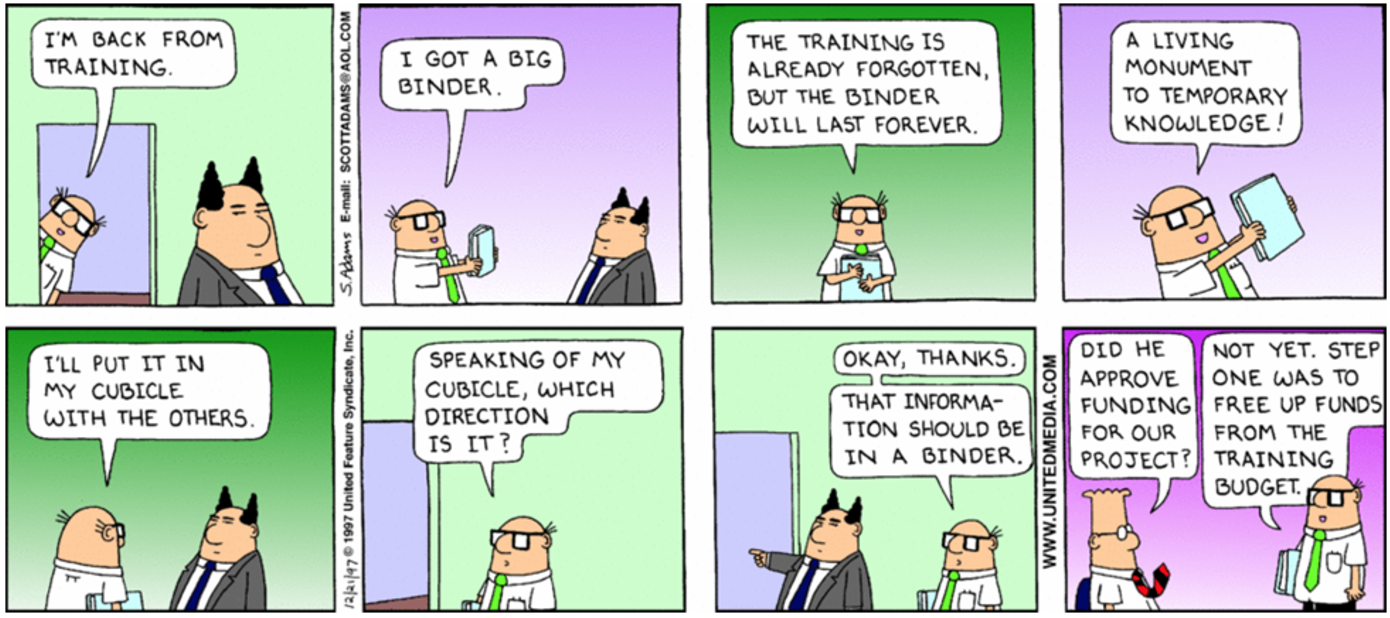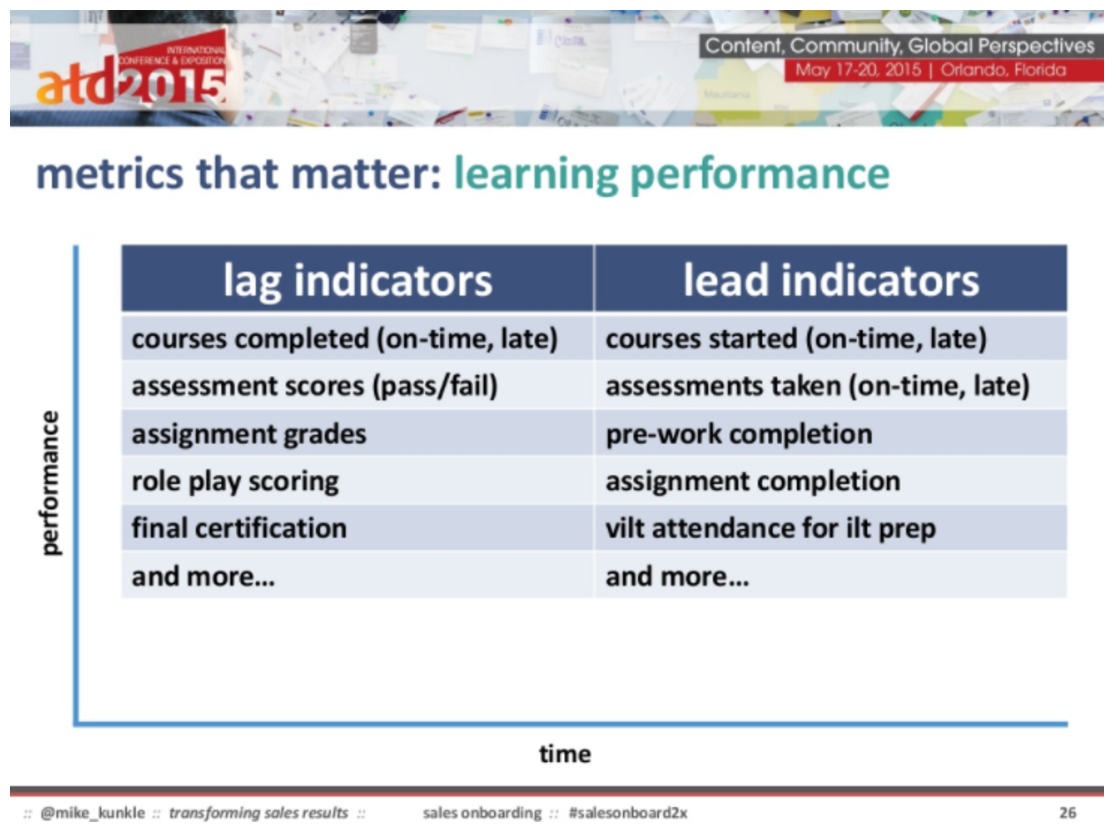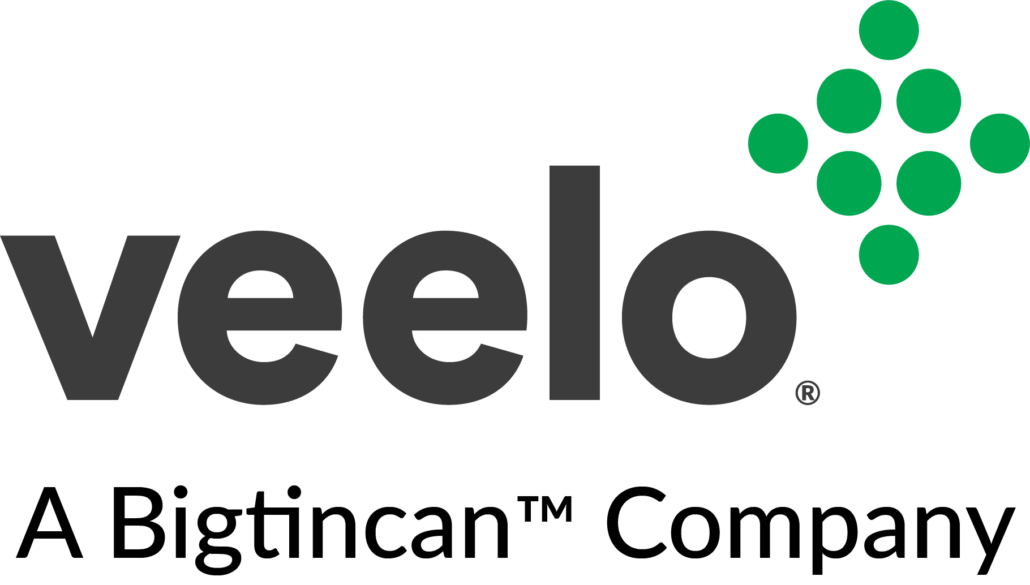4 Common Myths about Sales Onboarding
According to CSO Insights, onboarding is the top priority for B2B sales enablement professionals. However, ask sales reps about their experiences with onboarding programs and you’ll find that many of them don’t find them particularly helpful in getting them where they need to be, quicker. In fact, the time it takes for new reps to get fully ramped is steadily increasing, with 60.7 percent reporting a ramp-up time of seven months or more in 2016 compared to 40.2 percent in 2003 (CSO Insights 2016 Sales Enablement Optimization Study).
There are a few common misconceptions or myths about onboarding that may be contributing to lackluster results.
Onboarding myth #1: onboarding should be quick and short
There’s a lot of talk these days about accelerating onboarding, and for good reason. Getting new reps ramped up quickly means that reps are making the organization money quicker, rather than costing it money longer. However, a common misconception with the idea of accelerating onboarding is that it means programs should be shorter so that new reps can start contributing to quotas faster.
The problem with this approach is that by treating onboarding as a second-tier program, you’re doing the rep and the organization a disservice. Your rep may be “onboarded” in the sense that they went through a brief program, but they aren’t getting fully ramped until much later.

Instead, onboarding should be thorough and ongoing. CSO Insights estimates onboarding programs to be anywhere from 3 months to over a year in length. When we talk about accelerating onboarding, what we really want is to shorten ramp up time for new hires, decrease the time it takes for a new rep to make that first sale and minimize turnover. This isn’t achieved by shortening onboarding programs, but rather by structured, sequenced programs, prioritization and measurement.
Onboarding myth #2: experienced reps don’t need onboarding
Another common myth we hear is that experienced reps don’t really need onboarding. You’re paying top dollar for an experienced sales rep and you want to get them selling and earning as quickly as possible. The reality, however, is that even experienced reps need to learn the product(s), the market, the buyer personas, any new strategies and skills, etc. It’s dangerous to assume that because they’re experienced, they’ll be able to start selling your products or services right away without onboarding.
In order to get the most from your experienced reps, make sure they’re onboarded effectively and trained on all things product, buyer and market. Additionally, reinforce current skills and knowledge and conduct mock sales calls to get them comfortable in your unique selling situations.
Onboarding myth #3: onboarding starts on day one of the job
One of the most common myths is that onboarding starts on day one of the job. Rather than waiting until your new rep comes in for that first day, get them started early with little things. Give them access to the systems your organization uses so that they can begin familiarizing themselves with their tech stack; provide them with some pre-work to begin learning about the product, the buyer and market; introduce them to the team so that they feel comfortable with their peers and can ask for advice when needed.
When getting new reps started ahead of their official start date, they’ll be ready to hit the ground running on day one, further helping to reduce their ramp time.
Onboarding Myth #4: Onboarding can’t easily be measured
This is one of the most damaging and dangerous myths because without knowing what to measure, you have absolutely no idea if your onboarding efforts are working and if there’s opportunity for improvement. Measuring the effectiveness of your onboarding programs can be a little tricky. If your onboarding program is lengthy, you’re not going to be able to afford to wait until completion to determine if it’s effective.
To combat this, try defining leading indicators and lagging indicators. Lead indicators might include things like courses started, pre-work completion, assignment completion, quiz scores, etc.
Examples of lag indicators might include things like courses completed, final certification score, time until first sale, etc.
Mike Kunkle delivered an excellent presentation on this, and you can find the slides on Slideshare here. These won’t work for every business, but it should give you an idea of what to think about when defining your KPIs.
Just remember: you can never measure too much.
Effective sales onboarding is absolutely critical to reducing ramp time and getting reps to peak performance faster. It’s no wonder why this is a top priority for most B2B sales enablement professionals. Join us on Thursday, August 10 for a webinar on 6 keys to effective onboarding programs that stick. Register Here!




